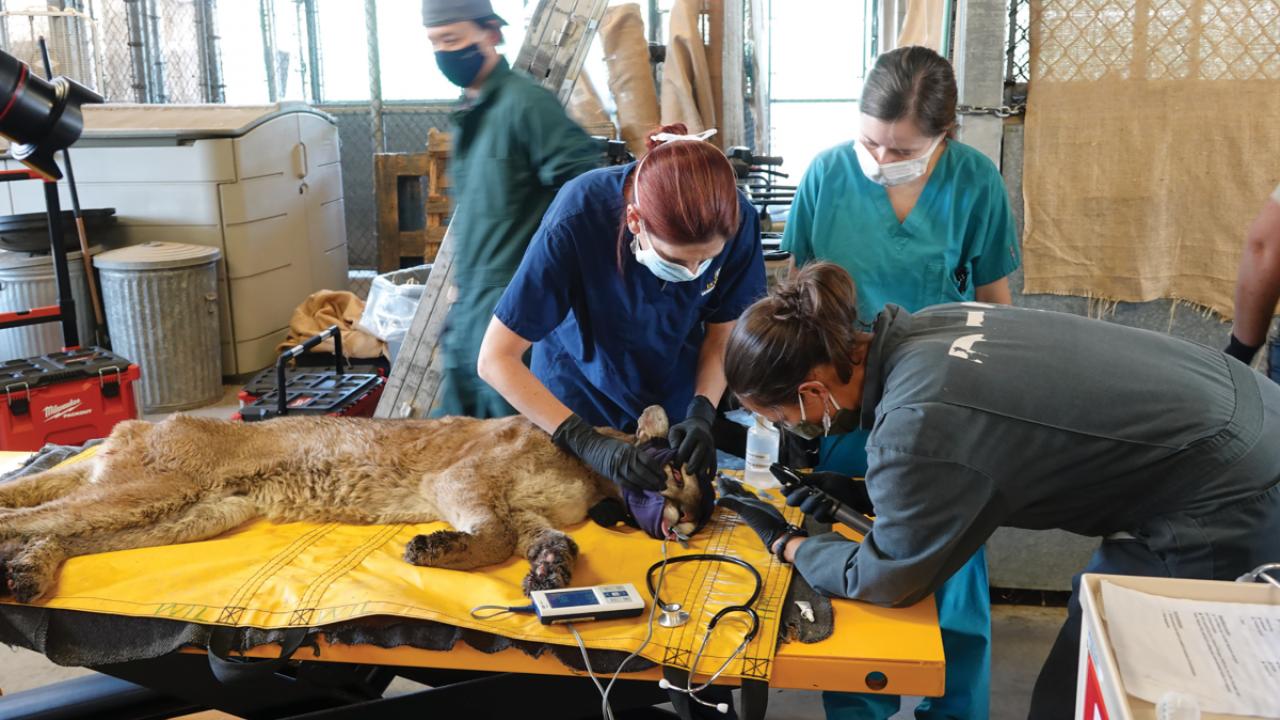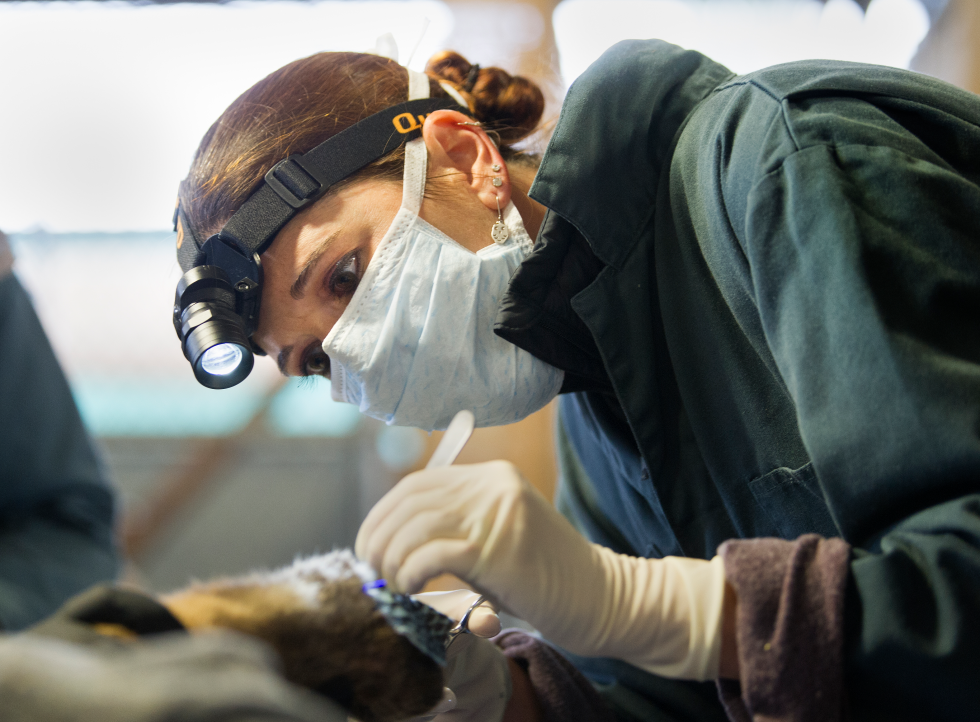
Saving Our Wildlife
When raging wildfires engulf our forests, what happens to the animals?
Full feature appears in Comstock's Magazine
There was no way this young bobcat was going to make it, thought Sallysue Stein. It came in growling and snarling with fifth-degree burns down to the bone from the Camp Fire, the most destructive wildfire in California’s history that killed 85 people and wiped out the towns of Paradise and Concow in Butte County in 2018. Stein founded Gold Country Wildlife Rescue in Auburn in 1991, and this was the first time an animal was brought in injured from a wildfire. Stein would soon find more and more burned animals coming each year.
“We have these megafires and super-hot fires that we’ve never had before,” Stein says. “These fires are so hot and so fast. The animals that normally could have escaped them can’t escape them now.”
Indeed, California’s wildfires have been burning hotter and longer than in previous decades. By the end of 2021, the California Department of Forestry and Fire Protection reported more than 8,600 wildfires that consumed nearly 2.6 million acres and destroyed about 3,600 structures. The Lava Fire alone burned 41 square miles west of Mount Shasta in Siskiyou County. Cal Fire keeps records of acres burned, structures destroyed and loss of human life in each fire, but there are no records of how many animals die or are injured by wildfires. What happens to the animals displaced by these infernos?
“I feel sorry for them because they’re running out of places to go,” Stein says.
Dr. Eric Johnson is a veterinarian and associate professor at UC Davis School of Veterinary Medicine who goes out to smoldering wildfire sites to rescue burned animals. The worst hit areas are where there were crown fires instead of ground fires. In crown fires, intense flames shoot quickly up a tree to its crown, engulfing it.
“Most of the time when we get reports of burned or injured wildlife, it’s coming out of those crown fires, which have that sort of appearance that is Mars-like or (a) lunar landscape appearance,” Johnson says. “And in those areas it’s devastating the amount of wildlife and domestic animals that are killed.”
On one search after the 2021 Antelope Fire in the Klamath National Forest in Siskiyou County, Johnson was looking for a bear that was reported burned. He found seven dead animals in a creek bed, congregated together. They died of burns and smoke inhalation.
It was scenarios like this that had compelled UC Davis veterinarians to do something a few years earlier. There was then no standard of care or treatment in place for animals burned by wildfires, beyond burn cream, antibiotics and bandages. Through research, they pioneered a groundbreaking treatment for burned animals that has captured the attention of scientists around the world.
Read more about the formation of the Wildlife Disaster Network at Comstock's magazine.
Dr. Jamie Peyton is committed to progressing the knowledge of animal burn medicine. She received the Innovator of the Year award from UC Davis in 2019.

